Weeds are plants that grow where we do not want them to grow. Any plant can be a weed; our garden has chive weeds, delphinium weeds, and dandelion weeds. “It grows like a weed” is a saying that describes what is thriving. Weeds always seem to be there. How to deal with garden weeds so as not to lose the joy of gardening?
Change your attitude about weeds
Maintaining a weed-free home garden is simply a matter of personal preference. I am not aware of any specific benefits to the garden or the plants themselves. I used to believe that weeding was overrated, but after experiencing a garden overtaken by weeds, I now understand that there can indeed be such a thing as too many weeds. However, that does not happen overnight, even though it might seem to.
You are not a bad gardener if your garden has weeds, and your harvest will most likely not be affected. In most cases, the middle way is the best way to go. Don’t let the weeds take over the garden; do not stress if there are some weeds.
Join me on a mission to change our perspective on weeds and weeding. Most plants that we see as weeds are not weeds at all. Many of them are medicinal plants that benefit the garden and the gardener.

We observed an intriguing phenomenon in our country garden. Thistles appeared to benefit our crops. While we might not be fond of thistles, our seeds and plants seemed to do better wherever they thrived. It makes sense when you think about it; deep-rooted thistles bring moisture up and provide shade. Is the idea of a weed-free garden more about ego than practicality? It’s worth pondering.
You also might have noticed that pests often go after the weeds, leaving the veggies alone.
What makes beneficial weeds so nasty is their ability to thrive and reproduce. In themselves, though, many of them are great for the soil, bees, and ourselves.
Learn about the health benefits of common weeds, which will help you see weeds more relaxed and even enjoy them. A book suggestion is: Backyard Medicine: Harvest and Make Your Herbal Remedies.
There are some Nasty weeds
But Anna, you might say, there are some nasty weeds, too. Those that take over the garden and even suppress other plants from growing. That is true, quackgrass is a great example.
Quackgrass, also known as couch grass, twitch grass, and devil’s grass. It is most commonly used in herbal medicine for respiratory and urinary disorders and as a spring tonic. The roots can be ground to make flour for food.
In the garden, quack grass grows best in hard and heavy soil. It can only be removed by removing all the roots and loosening the soil.
If quackgrass could communicate, it would tell you: “Look, your soil is so heavy. I created a network of strong roots to loosen it a bit. Please help me so you can grow a beautiful garden.”
You will have to dig out the roots regularly and mulch the garden heavily so that the soil gets softer over time. In soft soil, quackgrass can be pulled by hand. It seems like it wants to get out of it.
Weeds point us to problems and help us build great, nutritious soil. Two interesting reads on the same topic are: Weeds as Indicators Of Soil Conditions and What Weeds Tell Us.
As with medicine, it is only needed if there is a problem. It is no different with weeds. Here, we will cover some important steps to discourage weeds from growing in the garden so you don’t need them, so to speak.
Build good soil
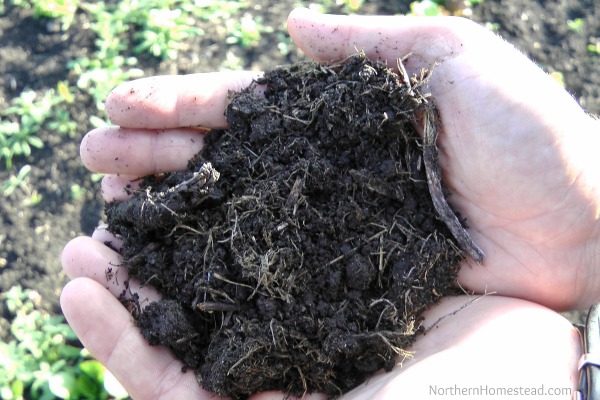
We cannot stress this enough: Building good soil is the most crucial factor in dealing with garden weeds.
There is a whole list of articles on the blog about methods to build good soil; click on one that might interest you and keep reading:
To Till or Not to Till the Garden
No Dig or Double Dig
3 Great No-Till Gardening Methods
Starting a new No-till garden with tilling
Growing Legumes as companion plants
Maintaining a no-till garden
Mulch the garden to suppress weeds
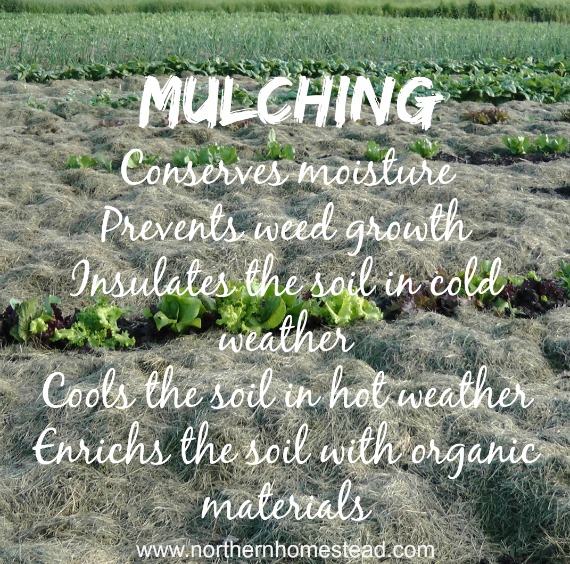
Nowhere in nature will you see healthy exposed soil. Why in the garden? Keeping it exposed, the way most gardens do, is damaging to the soil. It’s like having an open wound that is not allowed to heal.
Natural mulch, such as compost, wood chips, grass clippings, straw, or hay, is excellent for the garden. It prevents weeds from growing and keeps the soil moist. The Back to Eden film is a great video to watch to get inspired.
How much mulch will you need to prevent weeds from growing?
Compost of any kind 4-6 inches
Hay or grass 6 inches
Straw 8 inches
Wood chips, shavings, and sawdust 6-8 inches
Source: No-dig Organic Home & Garden.
You can also use the weeds that grow freely to mulch the garden. Cut or pull the weeds and lay them down between the plants. When new weeds grow, do the same. This is also called Chop—N—Drop—Mulching Permaculture Style.
Permaculturists like to grow specific plants like comfrey to mulch with, but, eh, any weeds that are already there can be used as long as they have not gone to seed. Just mulch with weeds.
Cover the soil to suppress weeds
The best type of cover for your garden is mulch, which not only protects the soil but also contributes to soil building. While mulch is best, there are times when covering the soil can lead to even quicker results. Here are some examples for covering the ground that can prevent weeds from growing.
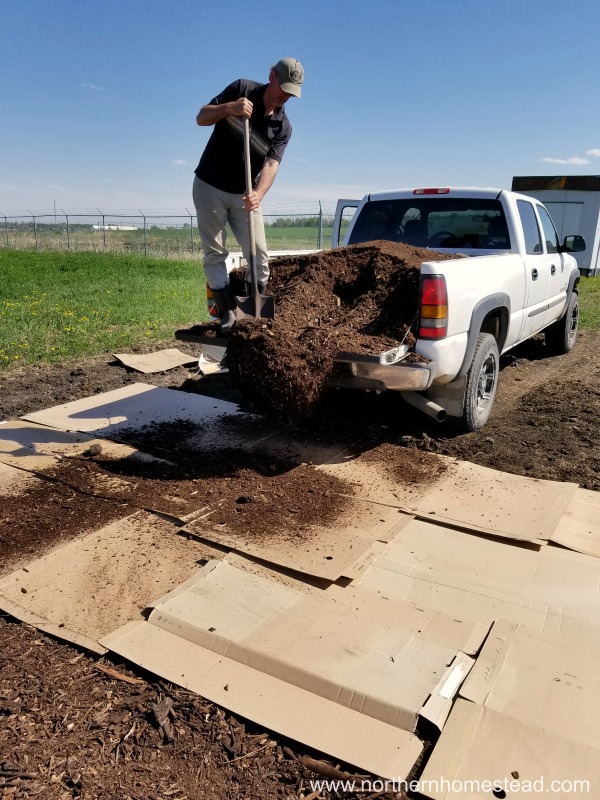
Brown cardboard or newspaper (15-25 layers) can cover the soil to prevent weeds from growing. It is most often used under the mulch, but it can also be used on top if you don’t have enough mulch. In this case, make sure that the plants get enough water. Cardboard can block a lot of it.
Weed Control Fabric can also be used. It is especially great for heat-loving plants in cold climates since the black cover warms the soil. You do not want to use weed control fabric permanently under some mulch, just on top of the soil as a cover.
Make a weed barrier
Some weeds are more aggressive than others. If you have many weeds that spread by roots (like quackgrass), it is helpful to separate the garden area from the rest of the yard by installing a weed barrier border about a foot deep. This will help to have fewer of these weeds coming into the garden.
We used recycled sheet metal. In some of our garden beds, we used recycled garage door panels ripped in half. Whatever is non-toxic and will not rot right away can be used.
Digging a trench around the garden can work the same way; keep the trench itself weed-free.
Establish permanent garden beds
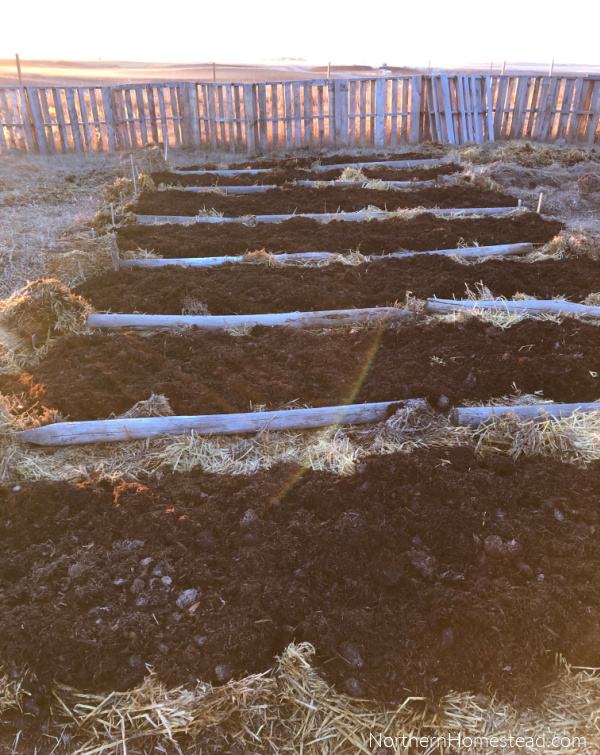
To have a big garden patch is a traditional way to garden. In the past, there was also a big family to tackle the weeds.
It does not matter if you build raised beds or just rows, but by separating beds and paths, you can build the soil in the beds with some good compost and mulch the pathways to suppress weeds. The soil doesn’t get compacted since you do not have to walk in the growing space.
You can make the pathways as narrow or white as you like, but those are pathways, not garden areas. By eliminating at least half the space for keeping weeds out, you will eliminate at least half the space for keeping the garden weed-free. A weed trimmer can be used in the pathway if weeds grow.
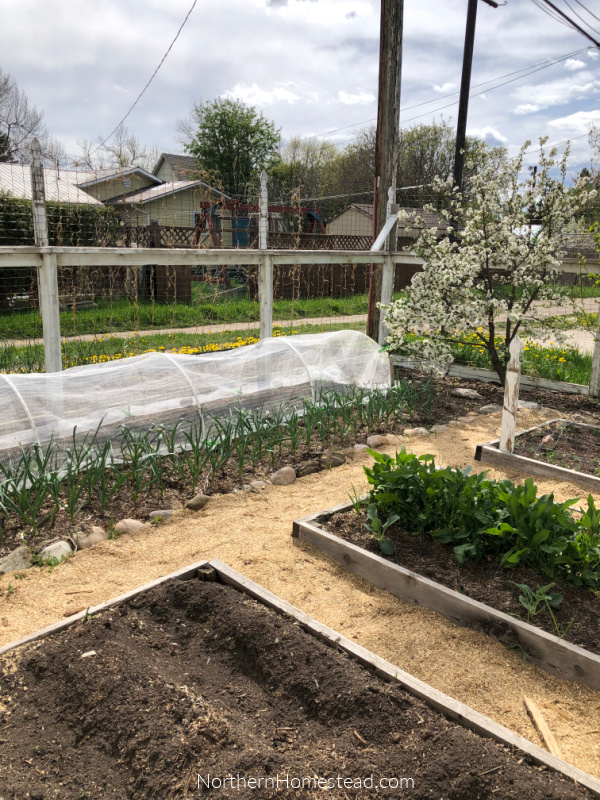
Never let weeds go to seeds

It’s OK to have some weeds, as we have seen, they might be good companion plants and help us build up good soil, but we want to make sure that they do not go to seeds. One weed plant produces hundreds of seeds.
The best practice is to weed regularly. Getting the weeds young makes the job easy. A great tool is a DIY “Yankee Weeder.”
Especially at the end of the season, there is a temptation to just let things be. What we are actually doing is allowing a garden of weeds to grow! However, if we prevent the weeds from going to seed, we will notice a significant decrease in the number of weeds next year. Often, all that is needed is to cut off the growth point or flower head.
Leaving no space for the weeds
The more space you leave between the plants, the more the weeds can thrive. Weeds are always eager to cover the soil. In nature, nothing is uncovered.
The Square Foot Garden planting system is helpful to space plants so that there is no room left for weeds to grow. In a cold climate, I find making the squares a bit more generous than just a foot helps to get more sunshine to each plant.
Weed by hand
A freshly honed garden looks very nice. However, hoeing breaks up the soil, and more seeds come to the surface and germinate. Even worse is hoeing for root-propagated weeds. The more you chop the roots, the more plants will multiply. If you don’t like the idea of weeding by hand, you can use a DIY “Yankee Weeder.”
Weeding by hand allows us to feel the quality of the soil. Weeds should be easy to pull. If that’s not the case, the soil is too compacted, and more mulch is needed. In some cases, if the compacted soil persists, double-digging next spring is considered.
The weeds that are pulled by hand and used as mulch or collected in the bucket are gone!
You can fill that weed bucket with water to create a nutritious tea for your plants. Next time you’re in the garden, drain out the weeds and use the liquid to water your plants. Then, refill the bucket and repeat the process. Your garden will thrive like never before!
The weeds can also be composted. Remember that your compost should be hot enough to kill strong roots and/or seeds. Otherwise, discard them in the garbage can or burn them.
Kill some weeds
I do not suggest killing all the weeds. As we have seen, many weeds are beneficial and make great companion plants. But sometimes, you just have to kill some weeds.
If you pull a weed with all its roots, the weed is gone. Weeds with a massive root system might need to be dug out. We find the fork to be the best tool for this. We do not want to turn the soil; we just want to loosen it to get the weeds out.
If your soil is mulched and healthy, getting all those roots out is not difficult. Ensure you get them all at planting time; there will not be much to worry about during the growing season. If you have never had a mulched garden, it will be hard for you to believe the difference it makes.
An easy way to kill weeds or almost any plant is to cut off the top. A plant that has no leaves above the ground will die. This starves the roots to death because no photosynthesis is taking place. For thistles, it’s best to cut them off before a good rain or water the roots after cutting. No RoundUp is needed.
Natural weed killer
Sometimes, you want to kill everything in an area, like pathways. A natural weed killer works. It does kill all plants, so if you want to kill only some and leave others, use one of the methods mentioned above.
1 gallon (3.79 liters) of 20% industrial-strength vinegar
1 tablespoon dish soap
1 tablespoon orange oil
You want to apply it on a sunny day.
Be aware that even natural weed killers are not beneficial for the soil. So, it is the last remedy to use.
Be consistent with weeding
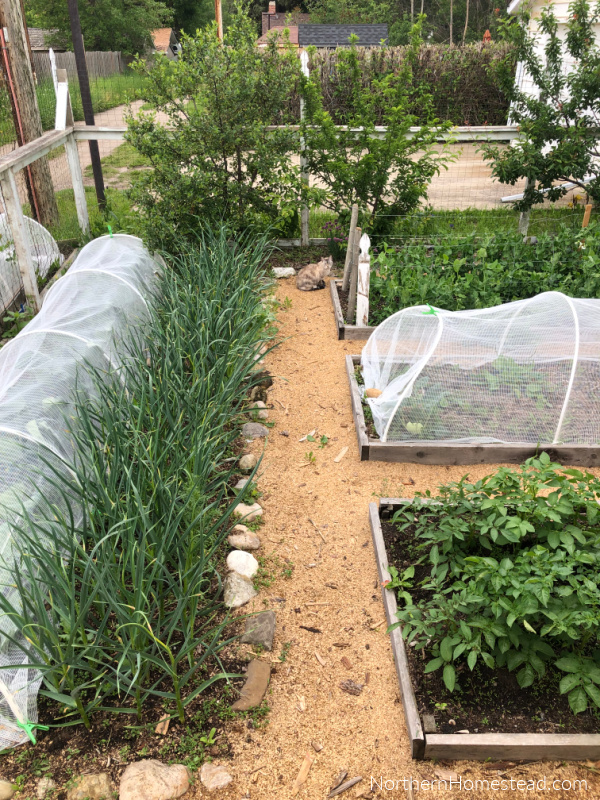
On a beautiful summer morning, it is an absolute joy to go into the garden to see the plants and to remove some weeds. No, not weed the whole garden. Just set yourself small goals, such as one bed, one row, or filling one bucket with weeds.
If you don’t have time to weed, remove weeds taller than the plant within 12 inches of the plant you planted will do.
It helps not to see the weeds as an overwhelming evil but to celebrate small successes, true to the progress principle. Then you will enjoy doing it again. If you weed regularly a little, you will never have to weed the whole garden.
Be realistic
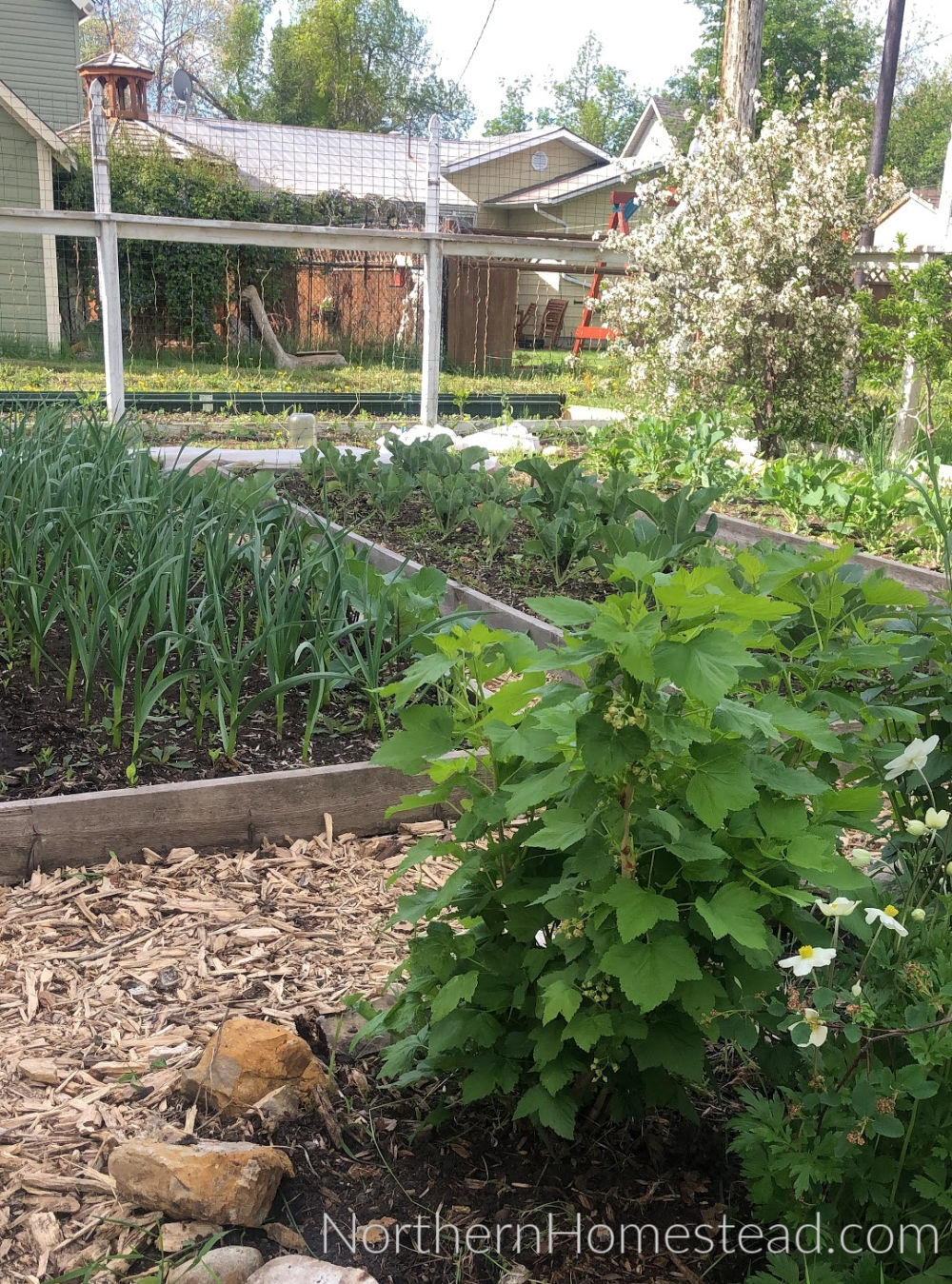
Just because Aunt XYZ has no weeds (at least not visible), it does not mean that you and I shouldn’t have any. It is only important that you master the weeds and not the other way around.
With these important tips on how to deal with garden weeds, you will build good soil and have fewer weeds to deal with without feeling overwhelmed.
Enjoy your garden!
Don’t forget to subscribe to Northern Homestead and follow us on Instagram, Facebook, or Pinterest for the latest updates.

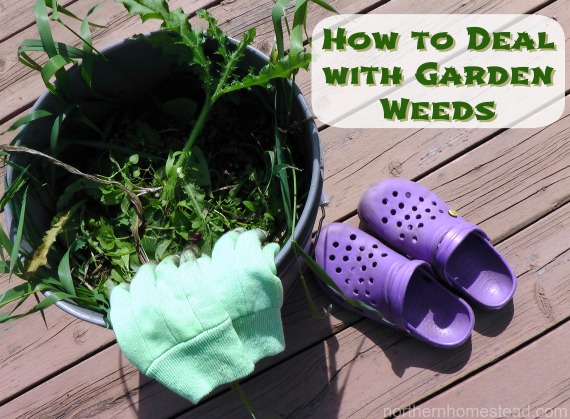
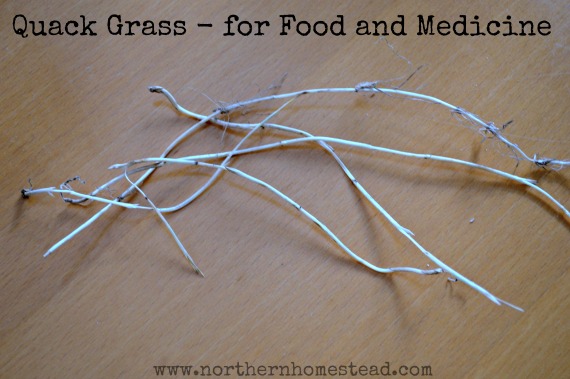
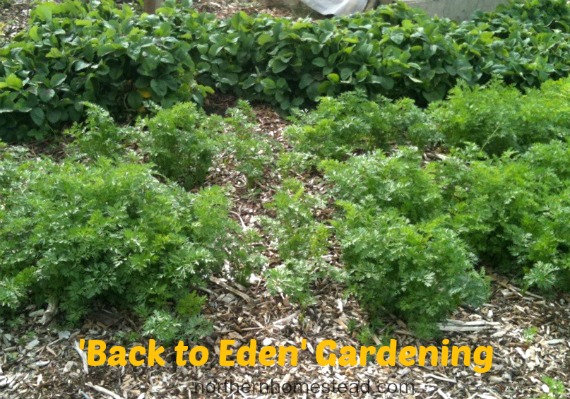
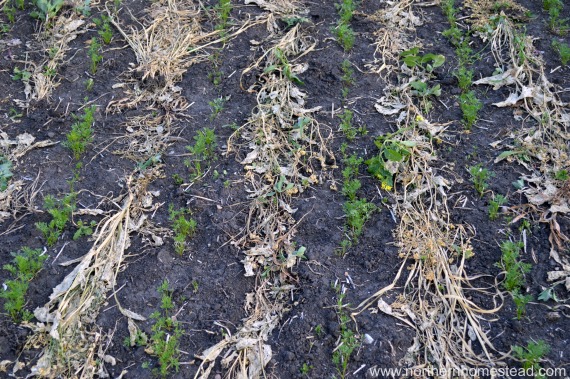
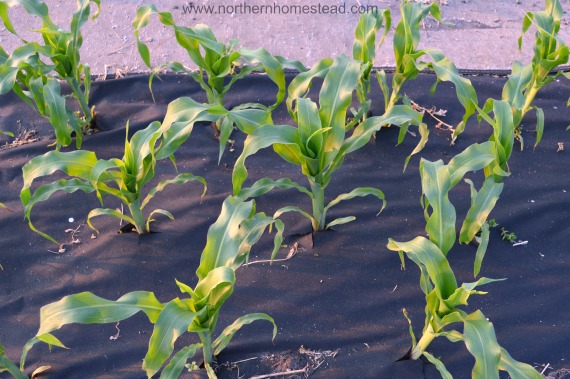

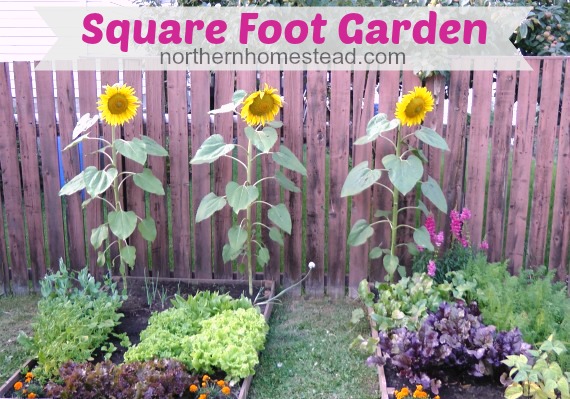
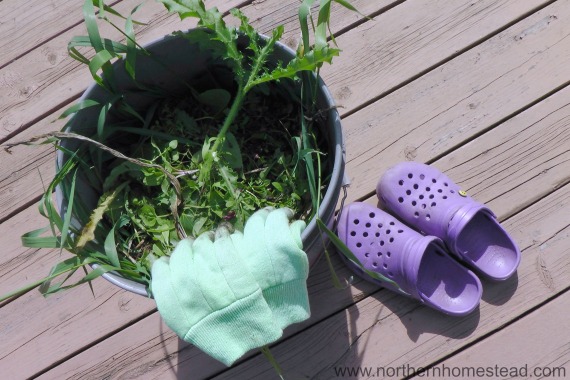
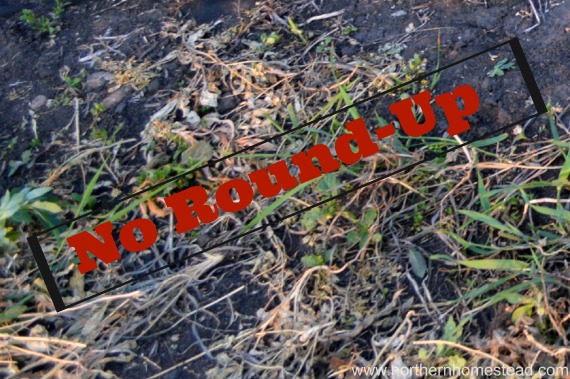
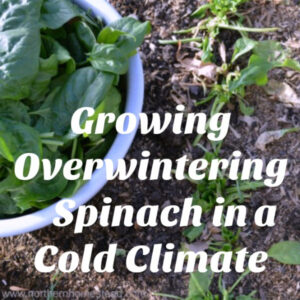
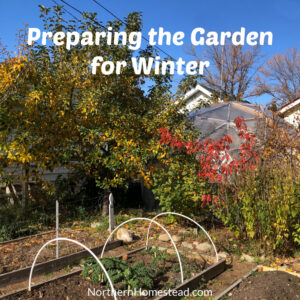
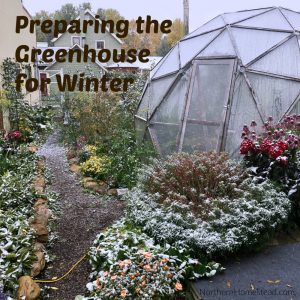
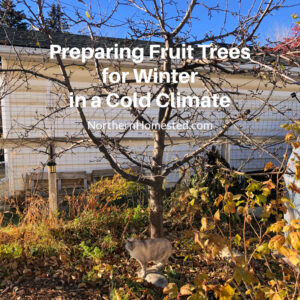
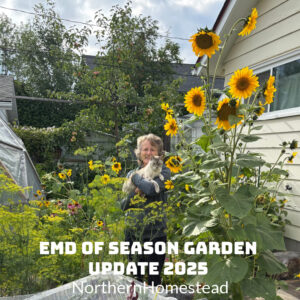
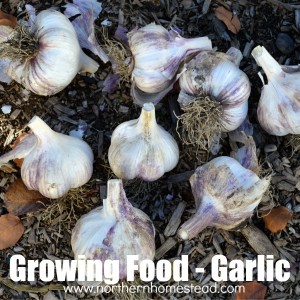
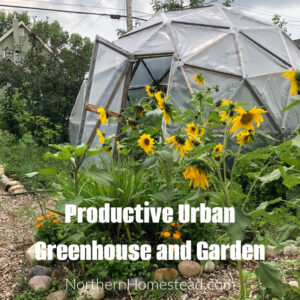
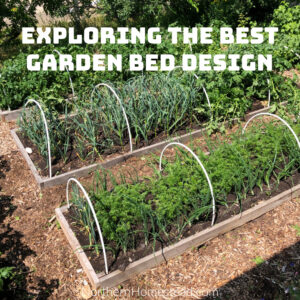
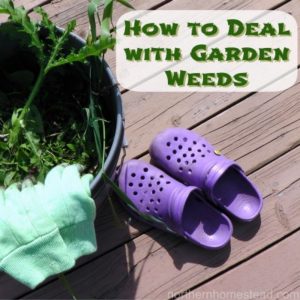
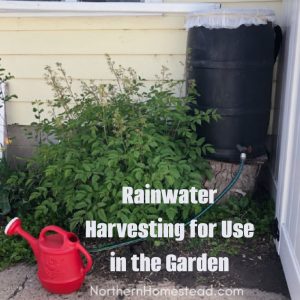

Thank you Anna! I love the tips. I do not own a garden, just my front and back yard area where I plant stuff. But I love the tips – I never knew some weed may not be weeds but could be healthy stuff for the plants. Also, I like the tip about putting water in a bucket of weeds and then watering the plants with them later!
Oh you are welcome Zan. Gardening can be so mach easier if we just go more natural.
Whenever I’m walking around my yard, I’m constantly plucking up weeds and I didn’t even know that it was better to do it by hand than with a hoe!
Have you ever eaten dandelion greens? I had someone comment on my post about doing something for the first time and she stated that she had eaten them for the first time. I never have.
I have had dandelion greens greens in a smoothy. Like with all greens in a smoothy you hardly notes the taste.
I was just pulling weeds out of my tomato bed last night! My husband is much better at it than I am, though. He’ll go to take out the trash and be gone for 15 minutes. (He’s stopped to weed something.)
Your husband got it, that is the way to go. Little by little.
Weeds are a constant battle aren’t they! Dandelions are annoying but Creeping Charlie or Myrtle and crabgrass is the worst! Especially in perennial beds.
We can be lazy, I mean busy gardeners. LOL. We save cardboard from everything and when the weeds get away from us, we lay the cardboard down the garden rows to smother out weeds.
Love the cardboard idea! Thank you!
If Dandelions are healthy, all of the southeast should be extremely healthy right now because dandelions are worse this year than I have ever seen them!
My flower bed has been known as the Garden of Weeden as some points. I pull them up by hand but do occasionally need a small tool to get at the root. Most of the weeds go into our ‘burn pile’ .
If all of the southeast would eat all the Dandelions than you would not have so many ;). For some weeds it is important to get all the roots out.
Dandelion leaves can be quite bitter the trick is to rub them, after soaking in water with a lil vinegar added( to make any bugs you miss drop off first). They are fantastic raw in a salad with a dressing involving an active honey such as manuka ( I am from New Zealand!)
Nice to hear fro New Zealand, Jade! Thank you for sharing this information.
I’m so glad you started your list with change your attitude. Somehow we all have to get past the mindset that weeds are inherently bad.
Some weeds are bad, but a lot more aren’t bad at all. It is just the overgrowth that makes them not wanted.
Oh the joy of weeding. I have nine rows in my garden and my goal is to weed one row per day. It’s amazing how much those weeds grow back in nine days!
Wow, you are very organized, good for you! I am sure you have a beautiful garden.
I just loved this post! I agree, weed’s aren’t always the pest they seem to be….I weed into a bucket and feed them to the chickens. They love them! Thanks for posting last week on Green Thumb Thursday. I’m featuring your post on my blog this week! Stop by and grab a featured button for your blog.
Thanks again for this great post!
~Lisa M
That is a great tip! Chickens love weeds, make eggs and great manure out of it. One is almost thankful for weeds ;). Thank you for featuring it!
Hi Anna, great tips thank you for this post. I wonder if you have much quack grass to contend with and what you do? Its a never ending battle for me as I live out in the country in southern alberta and not much else grows. Every one pressures me to spray it but I have yet to succumb to the pressure. Just wondering if you have any good ideas.
Yes Lauren, we do have quack grass. In our May garden update I share what we did with it. We worked by hand, digging them all out. Then we installed a metal weed barrier border for the garden, about a foot deep. Now we have less of these weeds in the garden. Hope it helps you, I know how frustrating quack grass can be.
It nice of you to talk about weeds. Since I am been weeding my front garden so the roses plant gets more energy to burst with rose flowers. Well I do by hand so I completed the front part . Tomorrow will start at the back side which so big it will take a week I hope so. By doing weeding by hands we get fresh air all the times and sunshine to which is Vitamin “D” instead of taking pills.
Best luck to all gardeners and enjoy the moment ok. Best garden season to everybody .
Almas
I have a big thistle problem and I find them particularly hard to deal with in my raised bed vegetable garden. I planted it square foot gardening style and as such it’s very full… but not as far along as some people’s as my last frost was in June and I didn’t plant until mid June. I feel like I can’t dig them out since it would disturb my seedlings that are sprouting. I’m not sure how I should go about removing them… for now I’ve been digging down just a bit and trying to pull them but they snap off … so I’ might be doing more harm than good! :/
Love your site! It’s so nice to have info. coming from someone else living in the same area as me… (Foothills, AB)
I don’t remember when I found your blog/website but I refer to it often. I live just north of Wpg, MB so also in Zone 3 but without some of the trials you have (I’m thinking very low night temps in spring, etc). I stopped using RoundUp (or anything like) 20 years ago (we’ve lived here since 1992).
I’ve just mixed up & used a 500ml batch of your weedkiller to try on some remaining burdock & thistles. I know that 10% Vinegar will kill leaves. I can obtain 10% “Cleaning” vinegar readily so I’ve tried it in your recipe. It won’t be as effective as the 20%, which I haven’t tried to track down yet. The 10% with the added dish detergent & orange oil should make it work better. As long as I can keep the burdock from blooming it will be gone, the tap root goes down about 2′ on 2nd year plants but if it can’t bloom it’s done (I think you know all this!). The thistle root will travel but again if I can keep it from blooming that will go a long way to keeping it under control.
I’m not in an urban area but so many of your natural gardening tips are close to my heart!
We are empty nesters, we’ll be downsizing to a more manageable house/property close to where one of our sons has settled in BC once my husband retires from his teaching career. That was going to happen this year but with the pandemic we’ve put everything on hold for a bit.
I will also be relying on info from your site when we get out there for ideas re setting up a new garden as it will be a much smaller place with many different challenges. The soil will be very different, the invasive species are certainly different, I know this much now from visiting my son there. One of the really big challenges will be the extreme heat in the day with much lower temps at night….from 36ᵒC to 16ᵒC….for a vegie garden that’s huge!
There are some plants I would currently love to grow but I know they’re a big problem (read invasive)in the Kootenays. It will be a new challenge that’s for sure. I’m really looking forward to growing in Zone 5!
Every area and situation seems to have some advantages and also challenges. Good for you that you started early to observe and learn what that new climate is like. I’m sure you will do great, and I’m happy to hear that we are of some help to you.